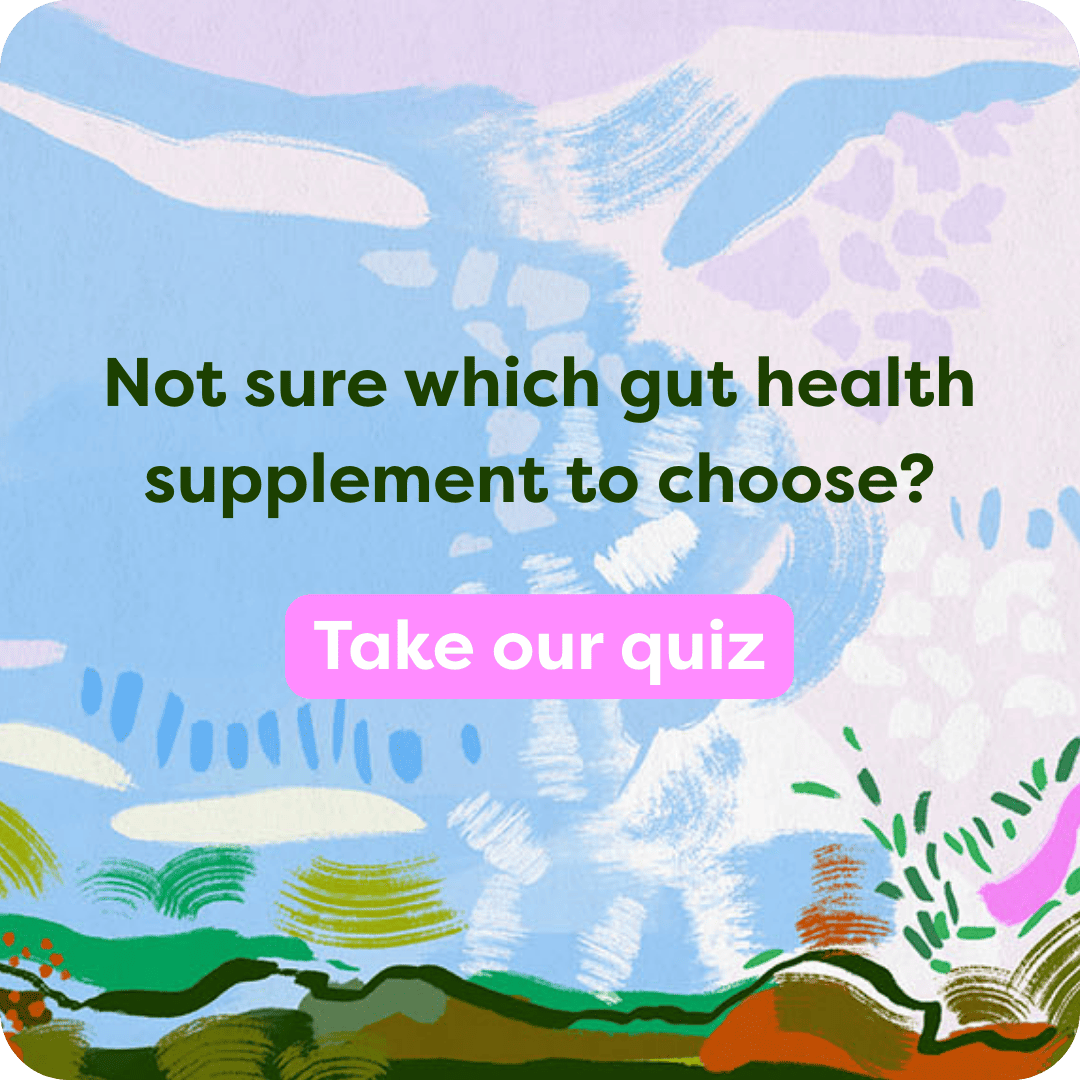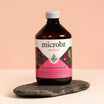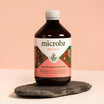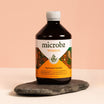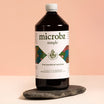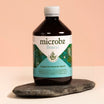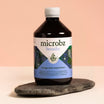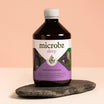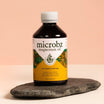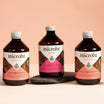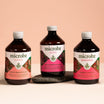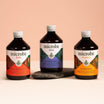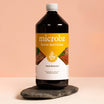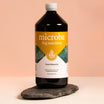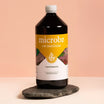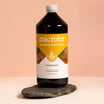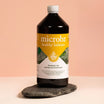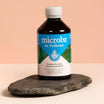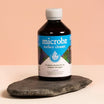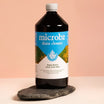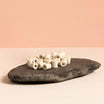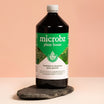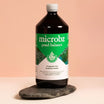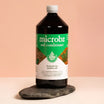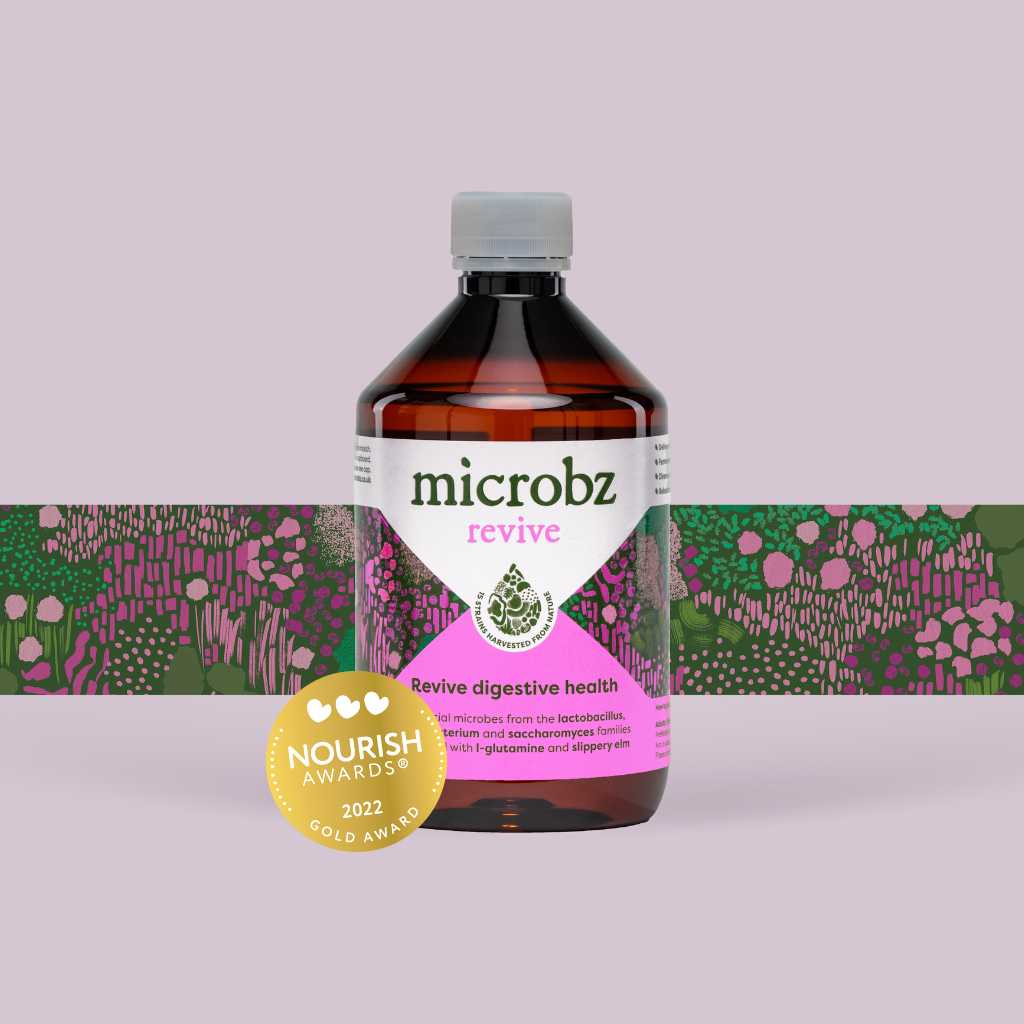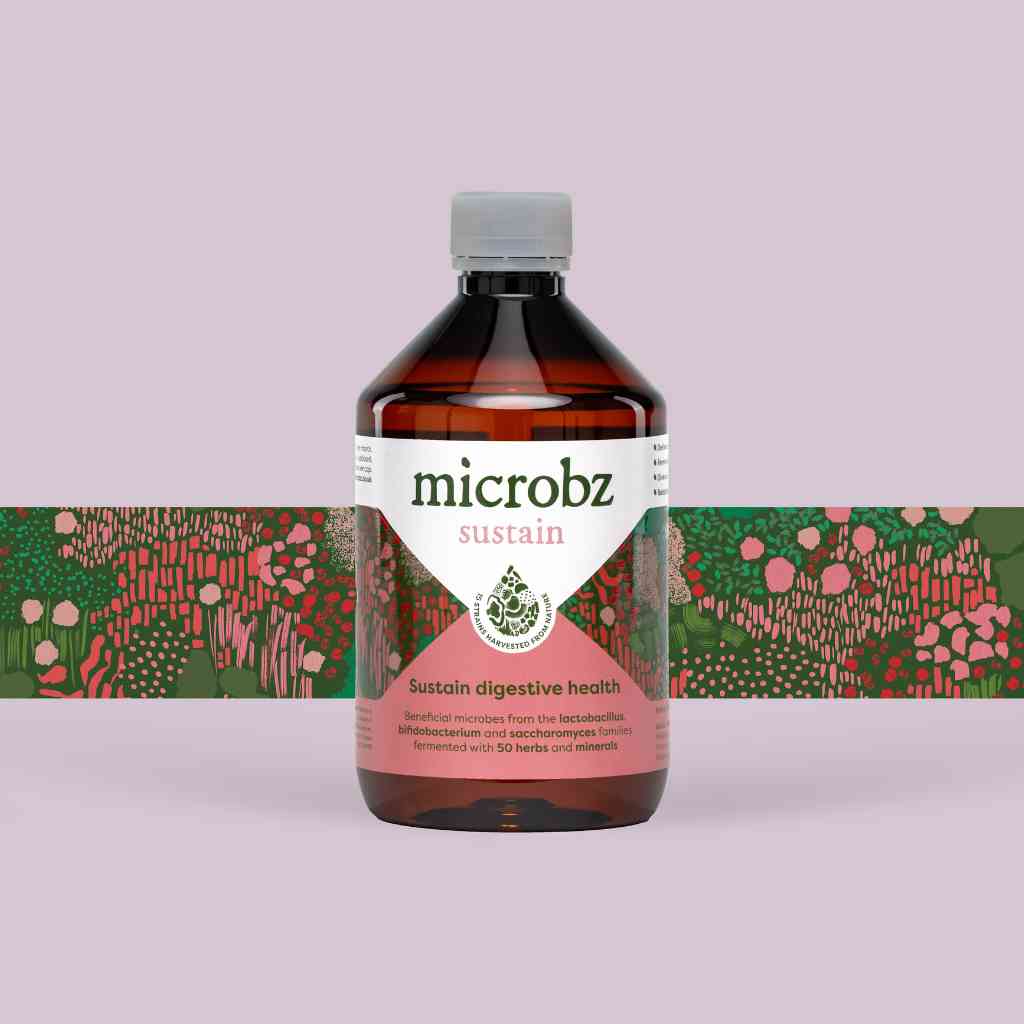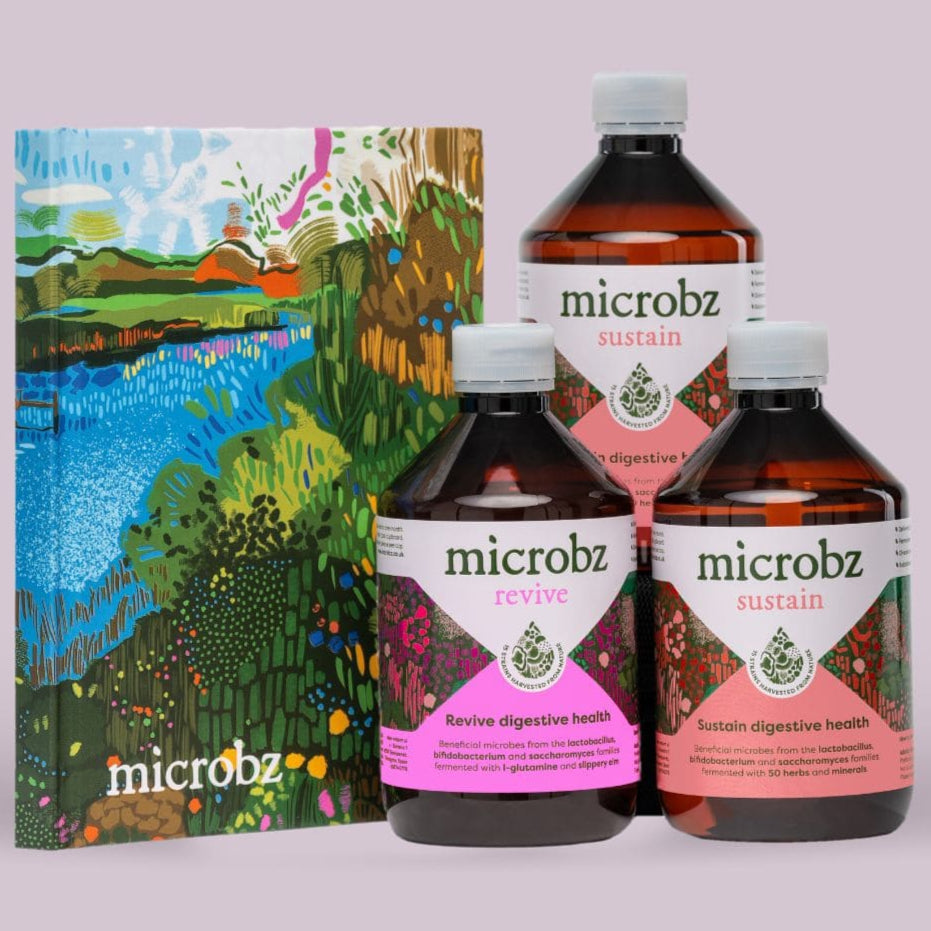Chaga
Inonotus obliquus
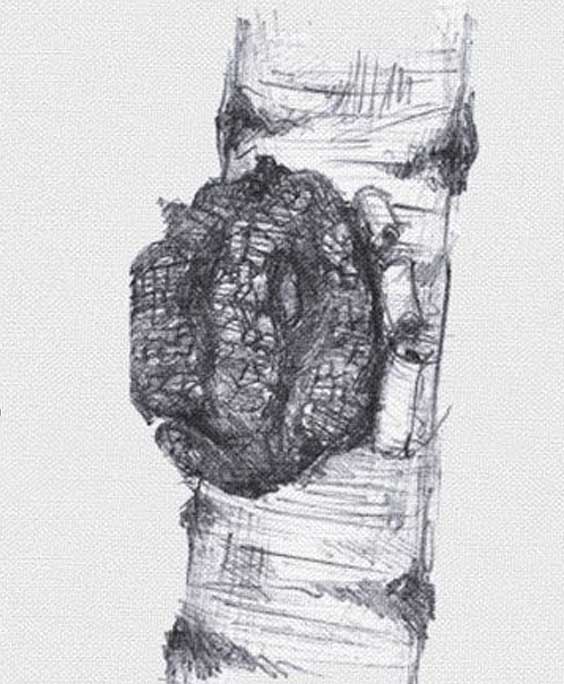
Family: Hymenochaetaceae
Which probiotic is it in?: Chaga mushroom is a key herb in Sustain.
Habit and cultivation: First discovered thousands of years ago in Russia, Korea, Europe and North America. Grows wherever birch trees are found. Can also be found on oak, beech, alder, but appears as a ‘buried stem canker’ instead of as a charcoal mass.
Actions (known for): Anti-viral, anti-microbial, anti-cancer, anti-hyperglycemic, cardioprotective, anti-inflammatory, anti-oxidant, immune modulator.
History of Chaga
Parts used from the Chaga
Raw chunks of chaga.
Constituents (bio available chemicals):
Polysaccarides, melanin, phytosterols, betulinic acid, triterpenes and sesquiterpenes.
Nutritional constituents:
Vitamins: B-complex, D. Minerals: Zinc, magnesium, copper, iron and potassium.
Indications:
Arthritis, lowers cholesterol, gut tonic, decreases stress, protects the skin from sun and ageing damage, influenza and Hep C. Topically: psoriasis.
Dosage:
1g daily as a tea for maintenance. 1-2g daily during infection. Dr. Kevin Curran has a great site ‘EthnoHerbalist’ where he discusses how to make tea and tinctures and where it is ethical to buy chaga from.
British Herbal Pharmacopoeia
Cautions for therapeutic doses
High in oxalate, avoid taking with impaired kidneys.

